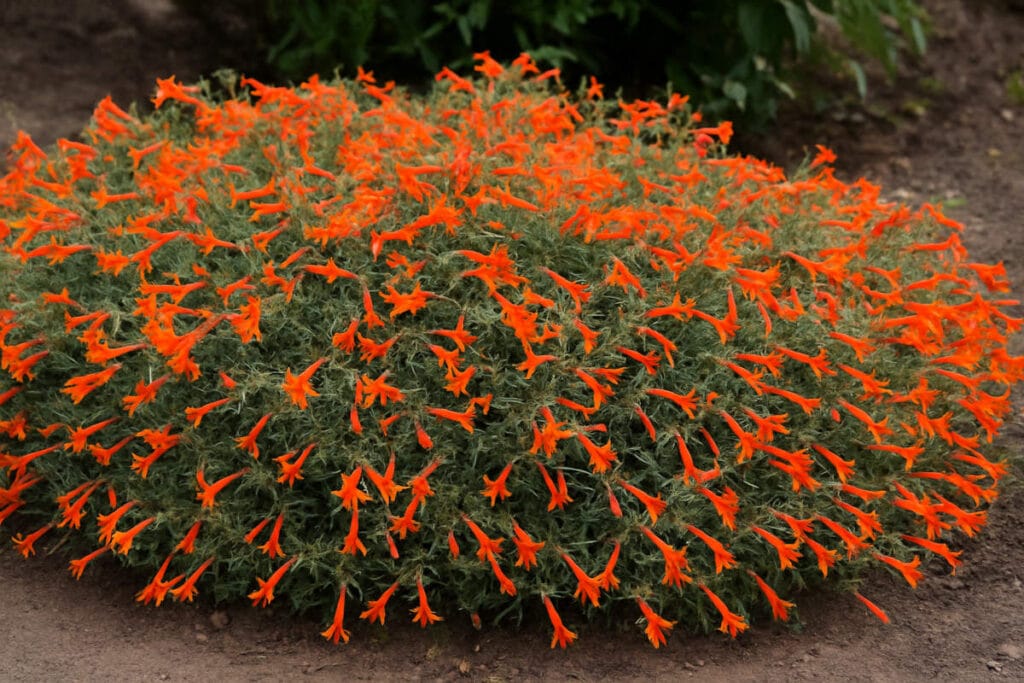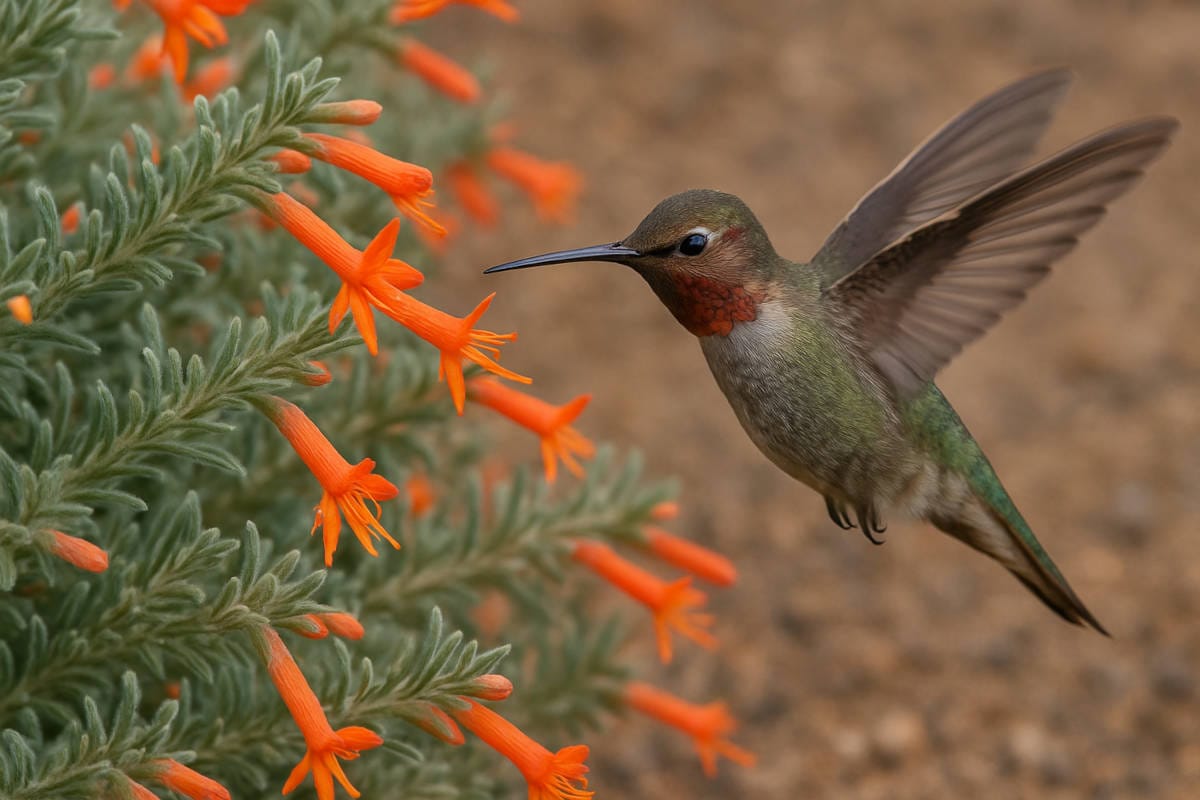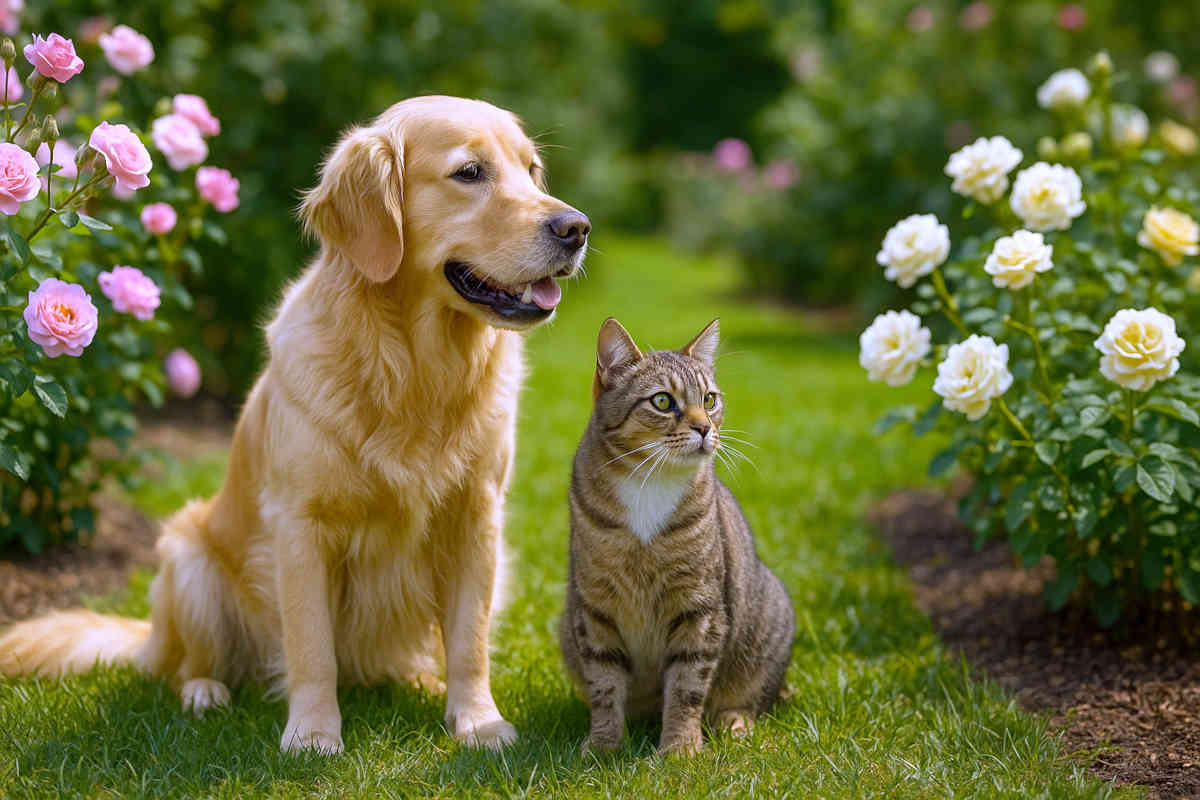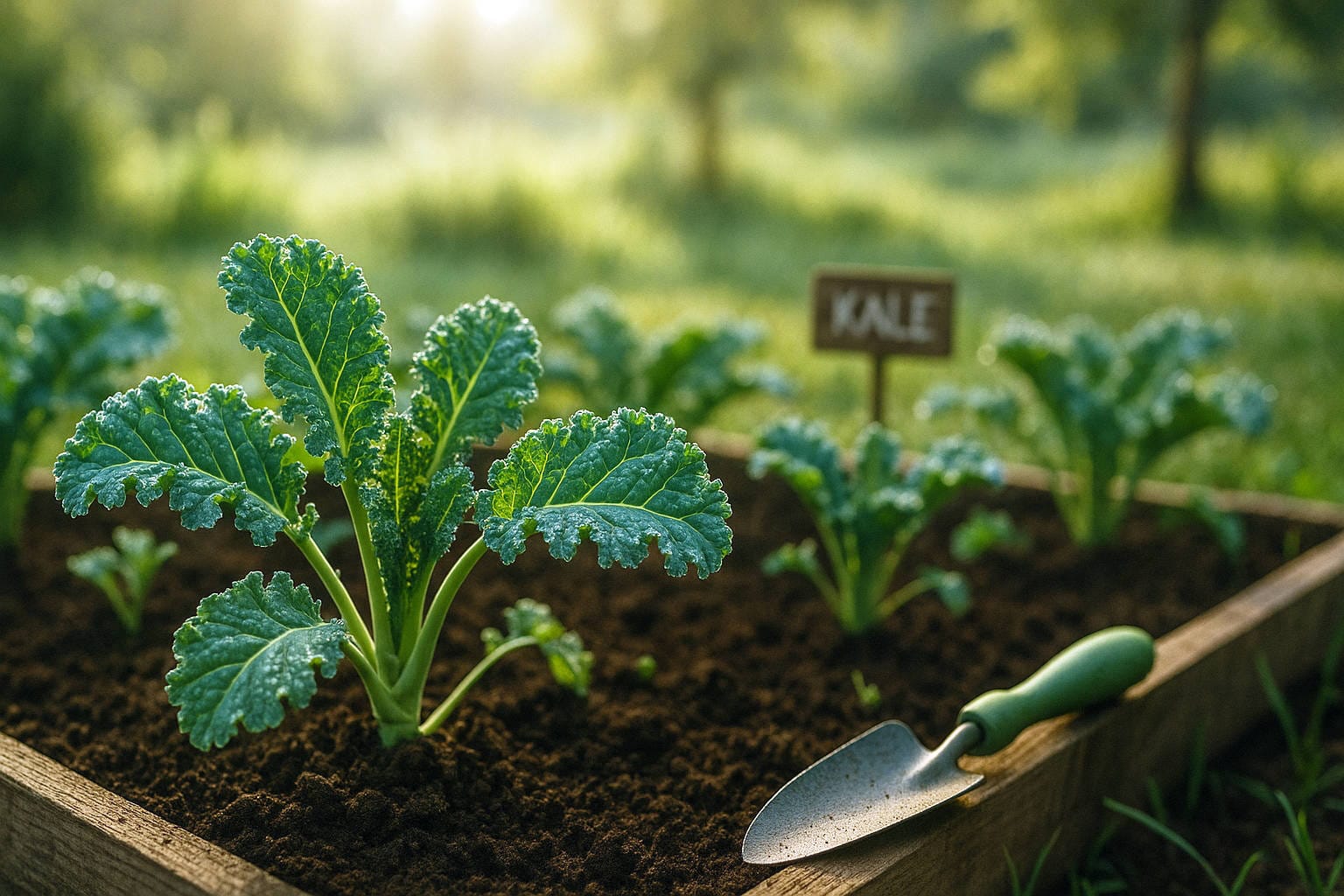Ever heard of the hummingbird carpet plant? If not, you’re about to meet one of the easiest and most eye-catching plants you can add to your garden—especially if you love hummingbirds, bold colors, and not having to water every single day.
The hummingbird carpet plant is a favorite among home gardeners who want drought-tolerant plants that look amazing without high-maintenance fuss. And yep—it really does attract hummingbirds like crazy.
In this guide, you’ll find everything you need to know about this plant: what types exist, how to grow and care for it, common problems (and how to avoid them), expert tips, and more.
Keep reading. You’ll get the full picture—and probably find yourself wanting to plant one.
Why Gardeners Love the Hummingbird Carpet Plant
So, what’s the big deal about the hummingbird carpet plant? Why are gardeners—especially in dry parts of the U.S.—getting so into it? Simple: it checks all the right boxes for a modern, low-effort, pollinator-friendly garden.
Let’s start with looks. This plant throws out tons of bright orange-red tubular flowers in summer and keeps blooming into fall.
It’s not tall (around 4 to 6 inches), but it spreads out like a soft, colorful mat. That makes it perfect as a groundcover for sunny spots, dry slopes, rock gardens, or any corner that needs a pop of color without begging for constant watering.
Now, the best feature: it’s a hummingbird magnet. The flower shape and color are like neon signs for hummingbirds. You plant it, and they’ll come. If you’re trying to create a pollinator-friendly garden, this plant pulls more than its weight.
Another huge plus? It’s built for tough conditions. The hummingbird carpet plant is native to the western U.S., so it thrives in hot, dry places with rocky or sandy soil. It also doesn’t mind clay as long as it drains. That means less guilt during dry spells and a lot less babying.
Got deer? They usually ignore it. Bad soil? It’ll still grow. Not great at gardening yet? You’ll probably still succeed.
Bottom line: this plant is one of the easiest ways to add color, attract wildlife, and keep your gardening workload low.
You may also like:
- Gladiola Flower Guide: How to Grow and Care for Gladiolus in Your Garden
- 7 Plants That Attract Dragonflies and Keep Mosquitoes Away
Types and Cultivars of Hummingbird Carpet Plants


Alright, so you’re sold on the idea of planting a hummingbird carpet plant. But did you know there’s more than one type? Yep—this plant isn’t a one-size-fits-all deal. There are a few standout cultivars worth knowing, especially if you want to match your garden’s vibe or climate.
The most popular one is ‘Orange Carpet’, often sold under names like Zauschneria garrettii ‘Orange Carpet’ or Epilobium canum ssp. garrettii.
This variety is super low-growing, spreads nicely, and puts out loads of fiery orange blooms that really pop in dry landscapes. It’s also one of the best options for colder zones, since it handles chilly winters better than some of its relatives.
You might also come across other cultivars under the broader name California fuchsia—plants in the Epilobium canum group.
These can vary a bit in flower color, size, and hardiness. Some lean more toward red or coral tones. Others are a bit taller or bushier, which could work better for borders than for full-on groundcover.
A quick tip: if you’re buying online or at a local nursery, double-check the full name and hardiness info. Some varieties are more cold-tolerant than others, and some prefer warmer zones like 7 or 8. Look for ones suited to your USDA zone for best results.
In short, you’ve got options. The classic Orange Carpet is a safe, showy bet—but if you want to mix it up or try different layouts, don’t be afraid to explore other members of the Epilobium family.
You may also like:
- Grow Milkweed in Pots or Gardens: A Complete Care Guide
- How to Protect Plants from Frost: 6 Proven Methods for a Healthy Garden
How to Grow the Hummingbird Carpet Plant
Ready to get your hands in the dirt? Growing the hummingbird carpet plant is actually pretty easy—even if you’re not exactly a gardening pro. You just need to give it the kind of environment it’s used to, and it’ll do most of the work on its own.
Choose the Right Spot
This plant loves the sun. Like, really loves it. Pick a spot in your yard that gets at least 6 hours of direct sunlight a day. It’ll tolerate a little afternoon shade, especially in hotter regions, but it won’t bloom nearly as well without that sunlight boost.
Soil Matters (But Not Too Much)
Here’s the cool part: it’s not picky. The hummingbird carpet plant thrives in sandy, rocky, or even clay soils—as long as they drain well. If your soil holds water or gets soggy after rain, mix in some gravel or coarse sand before planting. Raised beds or slopes work great too.
Planting Tips
Dig a hole just big enough to fit the root ball, pop it in, and gently backfill. Space multiple plants about 12–18 inches apart to give them room to spread. Water them well the first time, then keep the soil lightly moist until you see new growth.
Pro tip: If you’re planting in spring, give it a little extra water during hot spells while it settles in. After that, it can handle long dry periods like a champ.
Once it’s established, you can almost forget about it—no daily watering, no fancy fertilizer routine. It’s that low-key.
You may also like:
Caring for Your Hummingbird Carpet Plant
So you’ve got your hummingbird carpet plant in the ground—now what?
Honestly, not much. That’s one of the best parts about it. But a little attention here and there will keep it looking awesome year after year.
Watering (Less Is More)
After it’s settled in—usually a few weeks after planting—it becomes super drought-tolerant. During the first growing season, give it a deep soak once a week if there’s no rain. After that? Only water during long dry spells or if it starts to look a little tired.
Overwatering is one of the few ways to mess this plant up. If the soil stays too wet, it could lead to root rot or fungal issues.
Pruning & Clean-Up
At the end of the blooming season (usually late fall), you can trim it back to just a few inches tall. This helps keep it tidy and encourages a flush of new growth next spring. Don’t worry—it’s tough. It’ll bounce back.
If you notice any scraggly stems or faded flowers during the season, feel free to snip them off. It’s not mandatory, but it can keep the plant looking neat and blooming longer.
Fertilizing
Skip the fertilizer. Seriously. The hummingbird carpet plant thrives in lean, unimproved soils. Feeding it too much can actually cause more foliage and fewer flowers. If you really feel like helping it along, a sprinkle of compost in early spring is plenty.
Winter Care
In colder areas (Zone 5 and below), mulch around the base in late fall to protect the roots. In Zones 6 and up, it usually overwinters just fine without help.
That’s pretty much it. Low maintenance doesn’t get more real than this.
You may also like:
Pests and Diseases
Here’s some good news: the hummingbird carpet plant is one of those rare garden additions that hardly ever gets sick. It’s naturally resistant to most pests and diseases, which is part of why it’s such a favorite in low-maintenance gardens.
Still, no plant is totally bulletproof, so here’s what to keep an eye on.
Common Pests (Spoiler: Not Many)
In most cases, pests just aren’t that interested. You might occasionally spot aphids hanging around the tender new growth, but even that’s rare.
If they show up, just spray them off with a bit of water or use insecticidal soap—no need for hardcore pesticides.
Fungal Issues
The main thing you’ll want to avoid? Overwatering. If the soil stays soggy or the plant gets poor air circulation, you might run into root rot or powdery mildew.
But both of these are avoidable if you give it well-drained soil, plant it with a bit of space, and avoid soaking the foliage late in the day.
If you do notice a white, powdery coating on the leaves (classic mildew), prune the affected areas and ease up on watering. That usually clears it up fast.
Deer and Rabbits
Another win: most critters leave this plant alone. Deer and rabbits tend to skip it in favor of tastier treats. That makes it a solid choice if your garden’s in a high-browsing zone.
Bottom line: this plant’s tough. As long as you avoid drowning it and keep an eye out for minor pests, it’ll stay healthy with very little effort.
You may also like:
Tips for a Thriving Hummingbird Garden
Want to turn your yard into a hummingbird hotspot? The hummingbird carpet plant is a great start, but a few smart additions and layout tweaks can really level things up.
Pick the Right Companions
This plant plays well with others—especially other drought-tolerant, sun-loving varieties. Try pairing it with:
- Salvia: tall spikes of color that hummingbirds also love
- Agastache: minty-scented blooms that add height and contrast
- Penstemon: another tubular-flowered favorite
- Lavender or yarrow: for texture and pollinator appeal
These combos look good, but also bloom at different times, which keeps your garden buzzing all season.
Garden Design Tips
Use the hummingbird carpet plant like a natural border. It’s perfect for edging pathways, spilling over rock walls, or filling in sunny gaps between pavers. Since it stays low, it won’t block taller plants, and its dense spread helps keep weeds down.
Plant in groups of 3 or more for visual impact. A single plant looks nice, but a cluster? Much better. Plus, hummingbirds notice large patches of color more than isolated blooms.
Keep It Low-Maintenance
Don’t overthink it. Mulch around the plants (but not right on the stems) to keep weeds out and soil moisture stable. Don’t crowd it—good airflow helps prevent disease. And skip the fancy fertilizers. This plant thrives on simplicity.
In short: give it sun, space, and a few good neighbors—and it’ll do the rest.
You may also like:
Conclusion
The hummingbird carpet plant is one of those rare finds that look incredible, help the local ecosystem, and don’t demand a ton of effort. If you’re aiming for a pollinator-friendly garden that’s colorful, tough, and low-maintenance, this plant’s a no-brainer.
It handles heat, doesn’t need constant watering, shrugs off deer, and blooms like crazy during the hottest months—when many other plants are tapping out. With just a little planning, you can use it to cover bare spots, line pathways, or bring hummingbirds right up to your window.
So, is it worth growing? Absolutely. If you’re into gardening that’s beautiful without being a full-time job, the hummingbird carpet plant is your new best friend.
Want to explore more garden-worthy perennials? Check out our complete guide on how to grow iris flowers—elegant, bold, and surprisingly easy to care for.
FAQ: Hummingbird Carpet Plant
1. What is a hummingbird carpet plant?
It’s a low-growing perennial, also known as Zauschneria garrettii or Epilobium canum, known for its bright orange-red flowers that attract hummingbirds.
2. Is the hummingbird carpet plant easy to grow?
Yes! It’s very low-maintenance, drought-tolerant, and thrives in full sun with well-drained soil.
3. How tall and wide does it grow?
It typically grows 4–6 inches tall and spreads about 12–18 inches wide, forming a dense groundcover.
4. When does it bloom?
It usually blooms in late summer through early fall, adding vibrant color during the hottest part of the year.
5. Does it attract pests or require pesticides?
Not really. It’s resistant to most pests and diseases. Just avoid overwatering to prevent root rot or mildew.
6. Will it survive the winter in colder climates?
In USDA zones 3–5, a layer of mulch can help protect it during winter. In zones 6 and up, it generally overwinters fine on its own.
7. Do deer or rabbits eat it?
Nope—this plant is usually left alone by both deer and rabbits.
8. Can I grow it in containers?
Yes, as long as the container drains well and gets full sun, it’ll do great.





I bought seeds. Can i plant them now at 6000′ altitude?